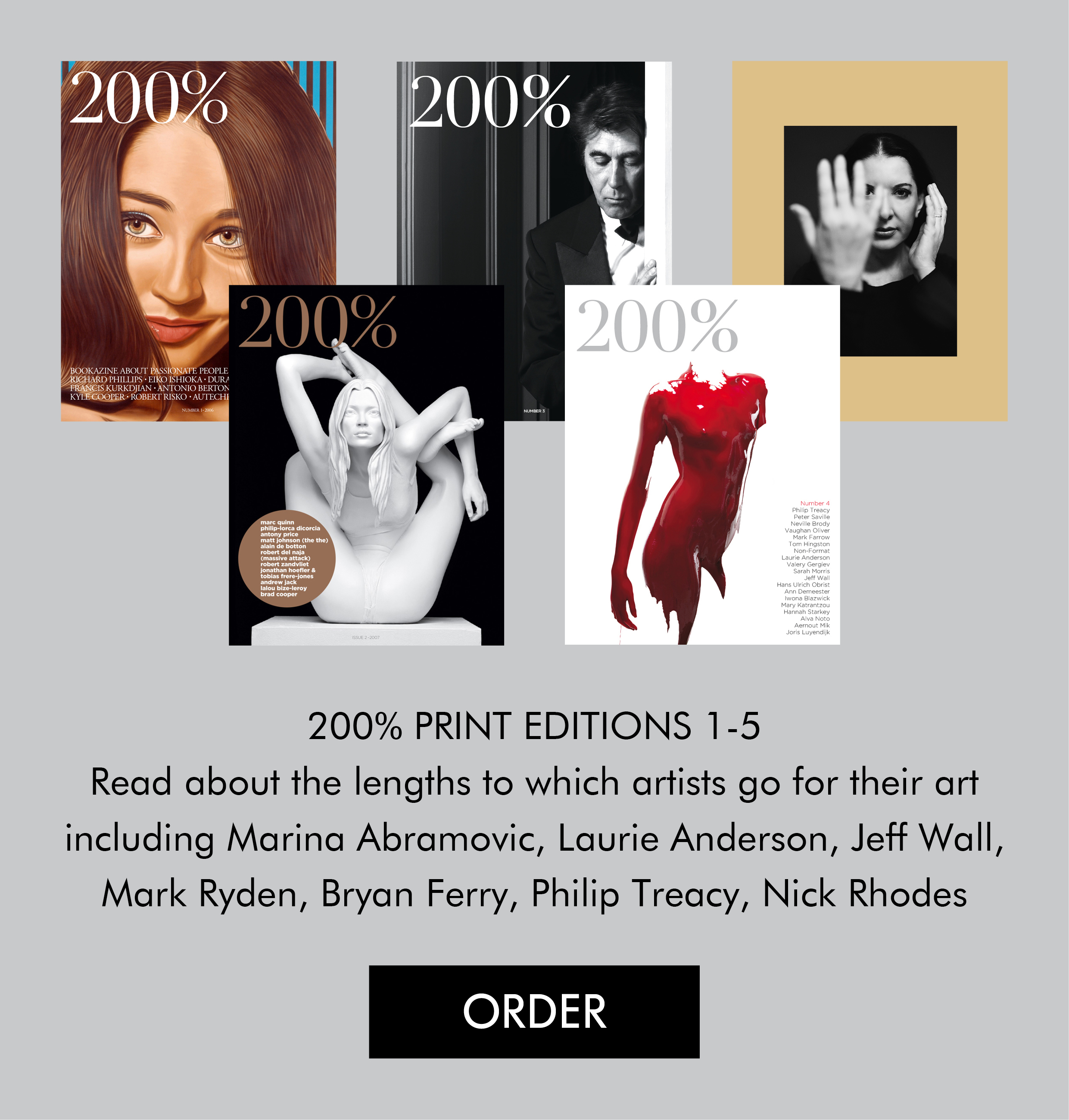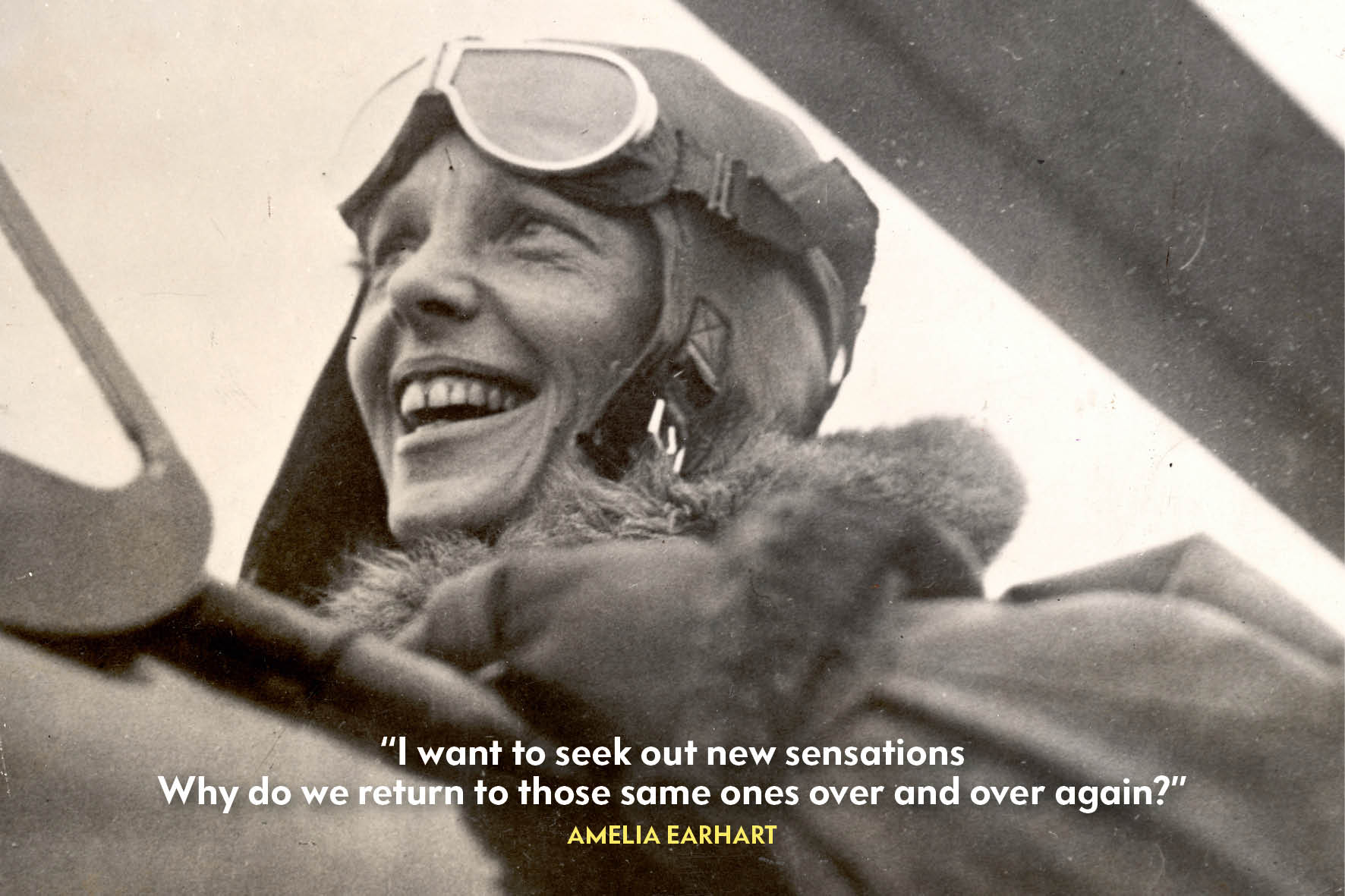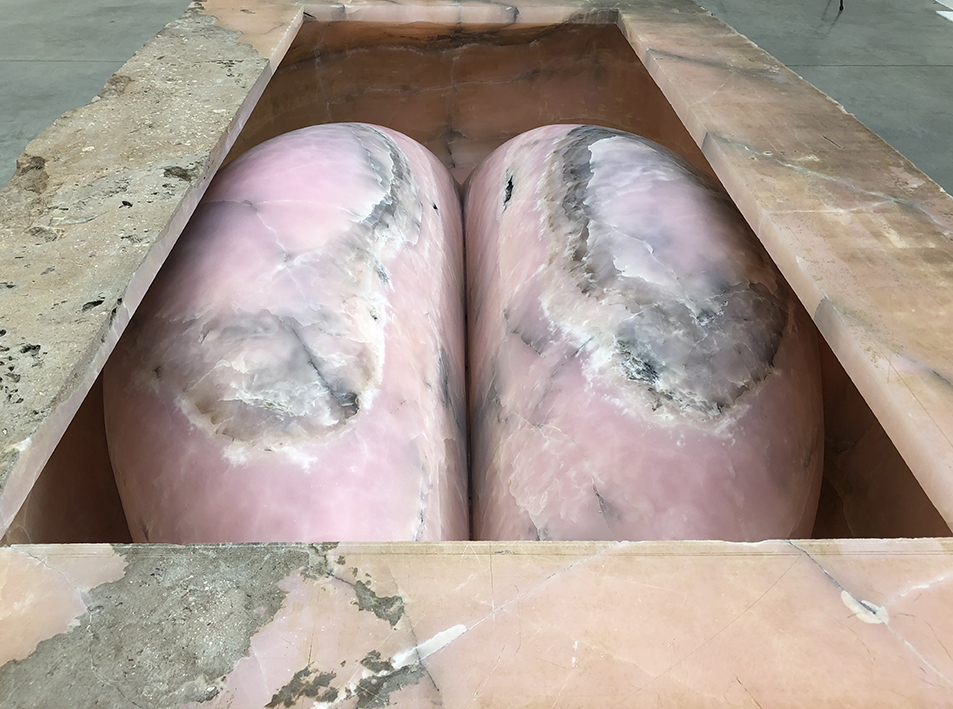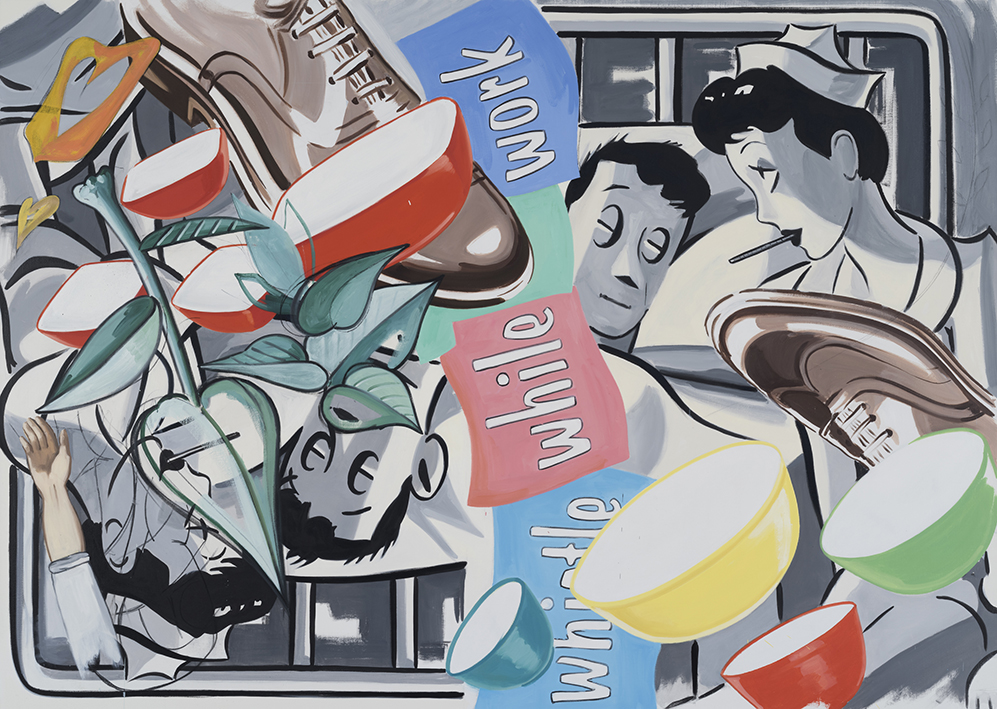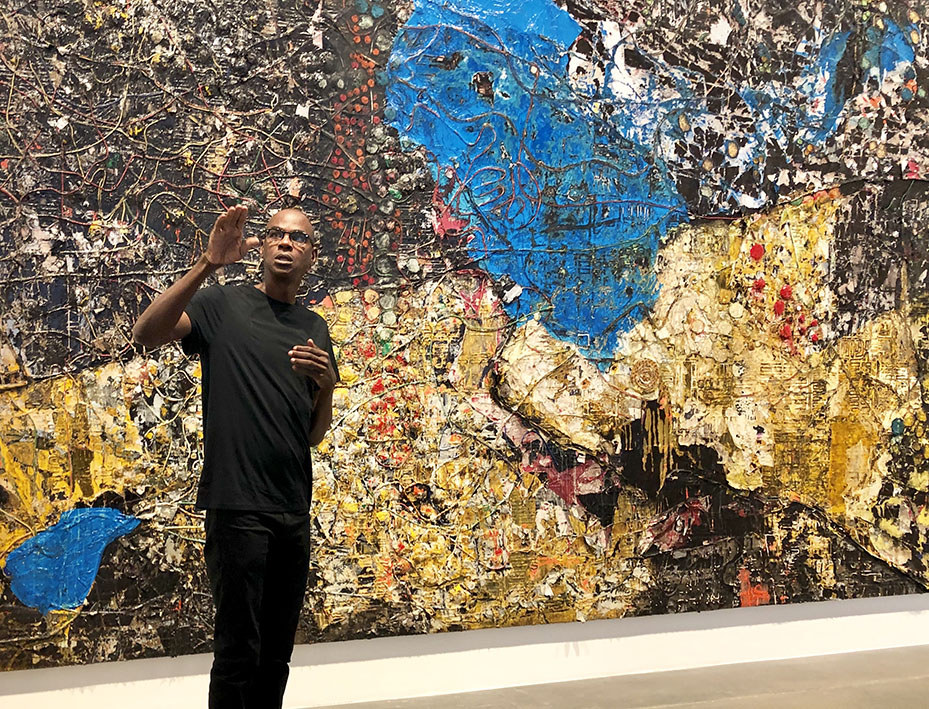 During Art Cologne a retrospective on the American performance artist, Andrea Fraser, opened at the Ludwig Museum. At the opening weekend, the artist performed one of her works herself, ‘May I Help You?’, which was a demonstration of how exciting ‘live’ art is.
During Art Cologne a retrospective on the American performance artist, Andrea Fraser, opened at the Ludwig Museum. At the opening weekend, the artist performed one of her works herself, ‘May I Help You?’, which was a demonstration of how exciting ‘live’ art is.
At the beginning of the show visitors encounter one of Fraser’s most provocative works: a confrontational video of a couple having sex in a hotel room. The couple is filmed by a single overhead camera and their encounter starts like a regular set up. First they sit on a bed, drinking a glass of wine, talking, laughing, followed by some tender caressing, kissing and fumbling at each other. 20 Minutes later, of the 60 minute video in total, the couple are having hardcore sex with each other. One wonders what is so interesting about what looks like a couple recording their sexual encounter on video, which they watch later at home.
The info card hanging in the room, tells the visitor that they are actually watching the artist having sex with an art collector. Fraser had asked her dealer, Friedrich Petzel, if he could find a collector to participate in a project that would involve having sex with the artist in a hotel room and pre-buying a videotape documenting the encounter. Petzel found a collector and a deal was closed in which the collector financed the project and purchased the first edition of only five videos.
Whether the collector received value for his money is for him to determine, but Fraser ‘goes all the way’, giving him a blow job, and undertaking intercourse with him in several positions, including ‘doggy’ style.
Looking at the video, one wonders what was the motivation of the collector to participate. Is it for his own glorification and does he ‘get off’ by viewing himself having sex in a hotel room with a well-respected artist? Is he interested in rubbing shoulders with an artist to elevate his prestige within his own circle? Or, is he interested in reasons of posterity, as the opportunity was offered to him to buy himself into a work of art?
Fraser’s motivation is quite clear enacting the idea of the ‘artist is a whore’. She commented in the Brooklyn Rail: “Untitled is about what it means to be an artist and sell your work – sell what may be a very intimate part of yourself, your desire, your fantasies, and to allow others to use you as a screen for their fantasies.”
Stimulating questions offered by Fraser that tap into the main theme of her work of ‘institutional critique’. This is a systematic inquiry into the workings of art institutions, such as galleries and museums, and the mechanisms of the art world. With her performances she gives a peek into the machinations and the commercial aspects of the art world.
Although Fraser’s performances convey serious messages, she manages to engage the viewer by using humour, surrealism and satire, which is aptly demonstrated in her performance ‘May I Help You’.
 In the video we see Fraser giving a tour to visitors in a gallery. When a visitor enters a gallery, he or she is usually ignored, which is strange when you consider that when you enter a shop, “May I Help You” is a question one expects to be asked. In the video, the visitor is given a twenty minute monologue by Fraser that she assembled from interviews with artists, collectors, gallerists, and individuals unfamiliar with art. It’s amusing to watch Fraser, dressed as an elegant employee of a gallery, talking to visitors who seemed to be off balance by all the unexpected attention they receive.
In the video we see Fraser giving a tour to visitors in a gallery. When a visitor enters a gallery, he or she is usually ignored, which is strange when you consider that when you enter a shop, “May I Help You” is a question one expects to be asked. In the video, the visitor is given a twenty minute monologue by Fraser that she assembled from interviews with artists, collectors, gallerists, and individuals unfamiliar with art. It’s amusing to watch Fraser, dressed as an elegant employee of a gallery, talking to visitors who seemed to be off balance by all the unexpected attention they receive.
Upstairs in the museum, Fraser performs her work ‘live’, which provides the visitor a first-hand opportunity to experience that is being experienced by the visitors in the video. Fraser stands within a group of visitors and steps to a wall where thirty objects are hanging that appear to be framed pictures that are actually painted plaster. She acts as though the frames are filled with different works, but the interior of all of the frames contain only black rectangles. She approaches one of them and, with her finger, clears some dust from the top of the frame. The manner in which Fraser conveys the stories behind the art work – over the top American – is something with which we’re quite familiar as, when an employee of a gallery starts talking to you, he or she unsollicitated starts to share what appeals them to the work or starts to rattle off paragraphs of the show’s press release.
 In this environment Fraser makes us realize how banal, toe-curling, hollow and meaningless the jargon of the art world actually can be. “Now this artist is doing exactly what she wants. I asked her once what attracted her to the subject and she said quite interesting: it’s what I want to do [laughs]. She has the capacity to surprise me on a regular basis. Sometimes she comes in here… and then next thing I know, she’s off to Africa somewhere rolling in the mud [laughs].
In this environment Fraser makes us realize how banal, toe-curling, hollow and meaningless the jargon of the art world actually can be. “Now this artist is doing exactly what she wants. I asked her once what attracted her to the subject and she said quite interesting: it’s what I want to do [laughs]. She has the capacity to surprise me on a regular basis. Sometimes she comes in here… and then next thing I know, she’s off to Africa somewhere rolling in the mud [laughs].
“Now this is a piece that I find wildly exciting, a tremendous work. She is the real thing, she is out there, really out there, and she puts everything into her work: it’s her neighbourhood bar, it’s the songs her mother sang when she was a child, the man she loves, everything about life; and it’s not expensive. It’s incredible, it’s a woman in a bikini at a cocktail party. It’s so outrageous, everyone thinks it’s outrageous. I think it’s funny and it is sexy and it’s one of the ugliest smears of paint I have ever seen. It is the top. It’s a Waldorf salad [laughs]. What do you think?”
Well, in my opinion, ‘May I Help You’, is a witty, entertaining and stimulating piece of work that holds up a mirror to the art world.
Written by Thierry Somers. Andrea Fraser at Museum Ludwig, Cologne, until July 21, 2013

